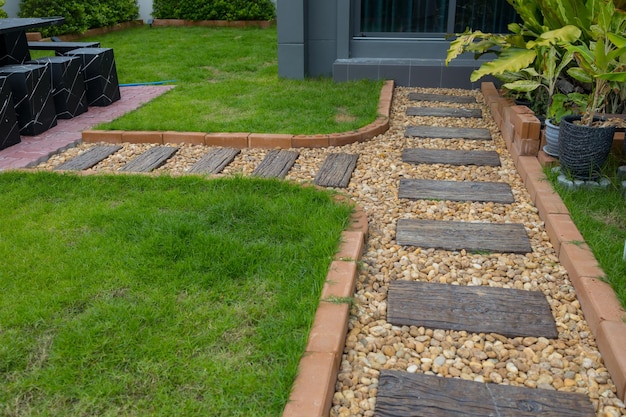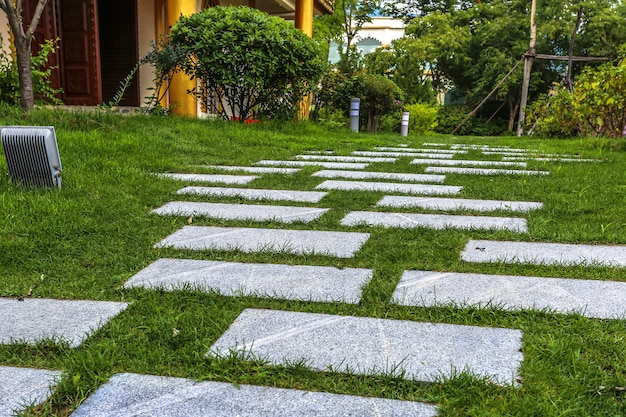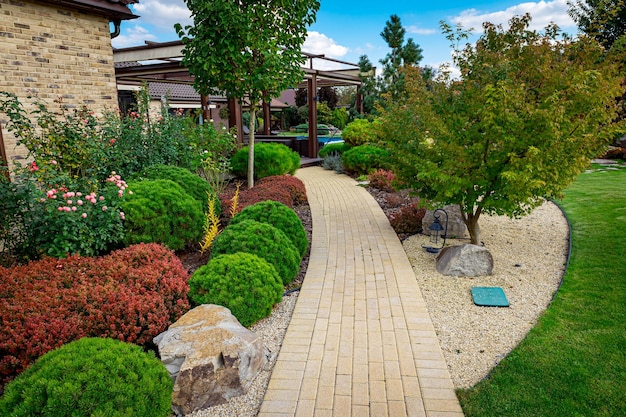A well-designed backyard can serve as an extension of your living space, providing a place for relaxation, entertainment, and outdoor activities. Remodeling your backyard not only enhances your home’s aesthetic appeal but also increases its value. This article offers a step-by-step guide to planning and executing a successful backyard remodeling project, ensuring your outdoor space becomes an oasis you can enjoy year-round.
Assess Your Needs and Prioritize
Begin by evaluating your current backyard and identifying what you’d like to change or improve. Consider the primary functions you want your outdoor space to serve, such as entertainment, gardening, or recreation. Make a list of your desired features and prioritize them based on your budget, needs, and preferences.
Set a Budget
Determine how much you can afford to spend on your backyard remodeling project. Consider factors such as materials, labor, permits, and potential maintenance costs. Create a detailed budget that allocates funds for each aspect of the project, including a contingency fund for unforeseen expenses.
Gather Inspiration
Research backyard remodeling ideas and gather inspiration from various sources, such as magazines, websites, and social media platforms. Pay attention to design trends, materials, and landscaping options that align with your personal style and vision for your outdoor space. Create a mood board or use online tools like Pinterest to organize your ideas.

Develop a Design Plan
Once you have a clear vision for your backyard, create a design plan that outlines the layout and features you want to include. Consider factors like sunlight, drainage, and the location of utilities when planning the layout. Sketch out your ideas or use design software to create a more detailed plan.
Consult Professionals
Hiring professionals, such as landscape architects or designers, can provide valuable expertise and help bring your vision to life. They can offer suggestions for materials, plant selection, and design elements that suit your needs and budget. Additionally, they can help identify any potential issues and ensure your backyard remodeling project complies with local regulations.
Obtain Necessary Permits
Depending on the scope of your backyard remodeling project, you may need to obtain permits from your local building department. This may include permits for structures like decks, pergolas, or pools, as well as electrical or plumbing work. Research your local permit requirements and start the application process early, as approval can take several weeks.

Choose Quality Materials
Investing in quality materials is essential for a successful backyard remodeling project. Consider factors like durability, maintenance requirements, and aesthetics when selecting materials for your outdoor space. Research different options, such as decking materials, pavers, and outdoor furniture, and choose those that best suit your needs and budget.
Hire Reputable Contractors
When hiring contractors for your backyard remodeling project, prioritize experience and reputation. Ask for recommendations from friends or family, and research online reviews to find reputable professionals. Obtain multiple quotes and compare them to ensure you receive a fair price for the work.
Create a Timeline
Develop a realistic timeline for your backyard remodeling project, taking into account factors like weather, material delivery, and the availability of contractors. Communicate your timeline with all professionals involved to ensure everyone is on the same page and can work efficiently.
Prepare for Construction
Before construction begins, take steps to minimize disruptions to your daily life and protect your property. This may include:
- Informing your neighbors about the upcoming project and providing them with a rough timeline.
- Moving or protecting outdoor furniture, plants, and other items that could be damaged during construction.
- Setting up temporary fencing or barriers to keep children and pets safe from construction hazards.

